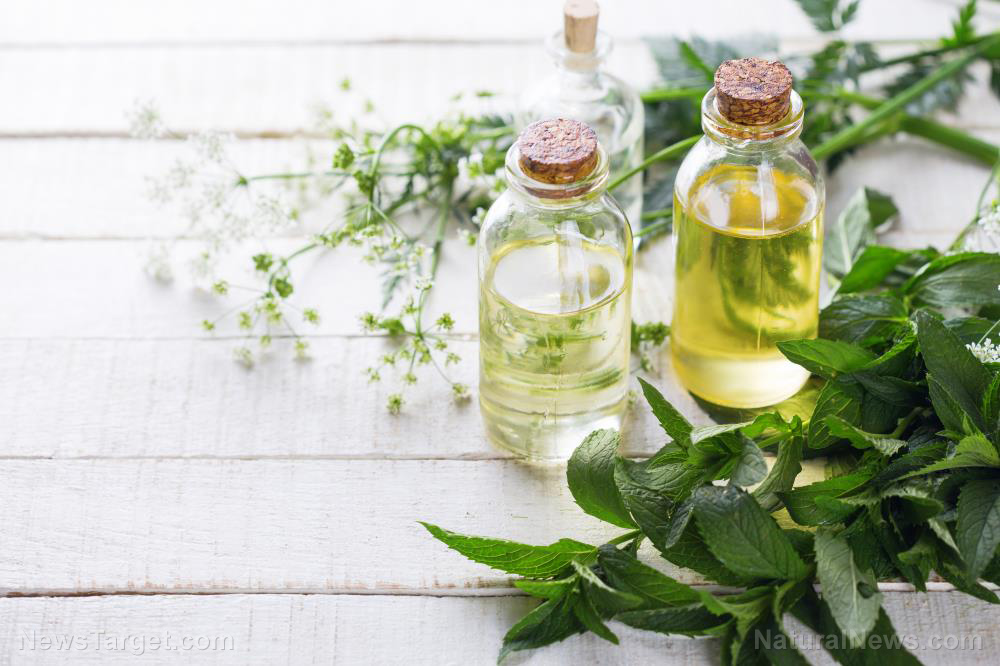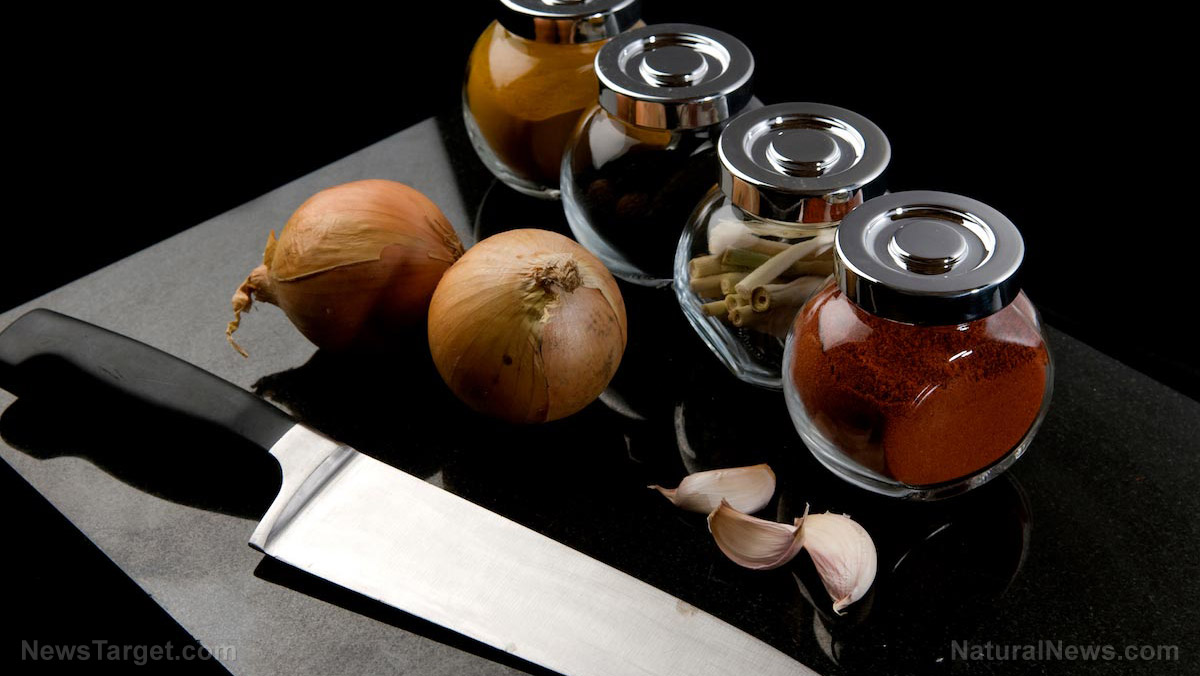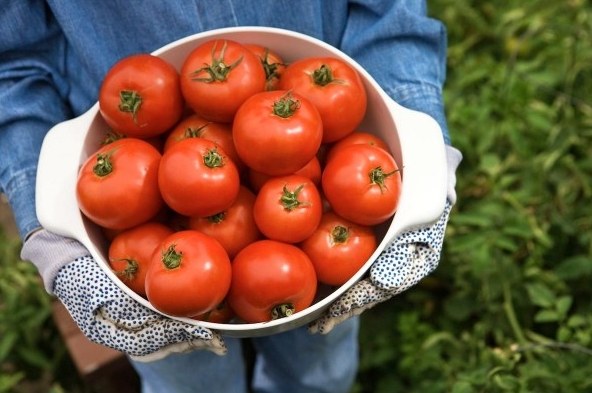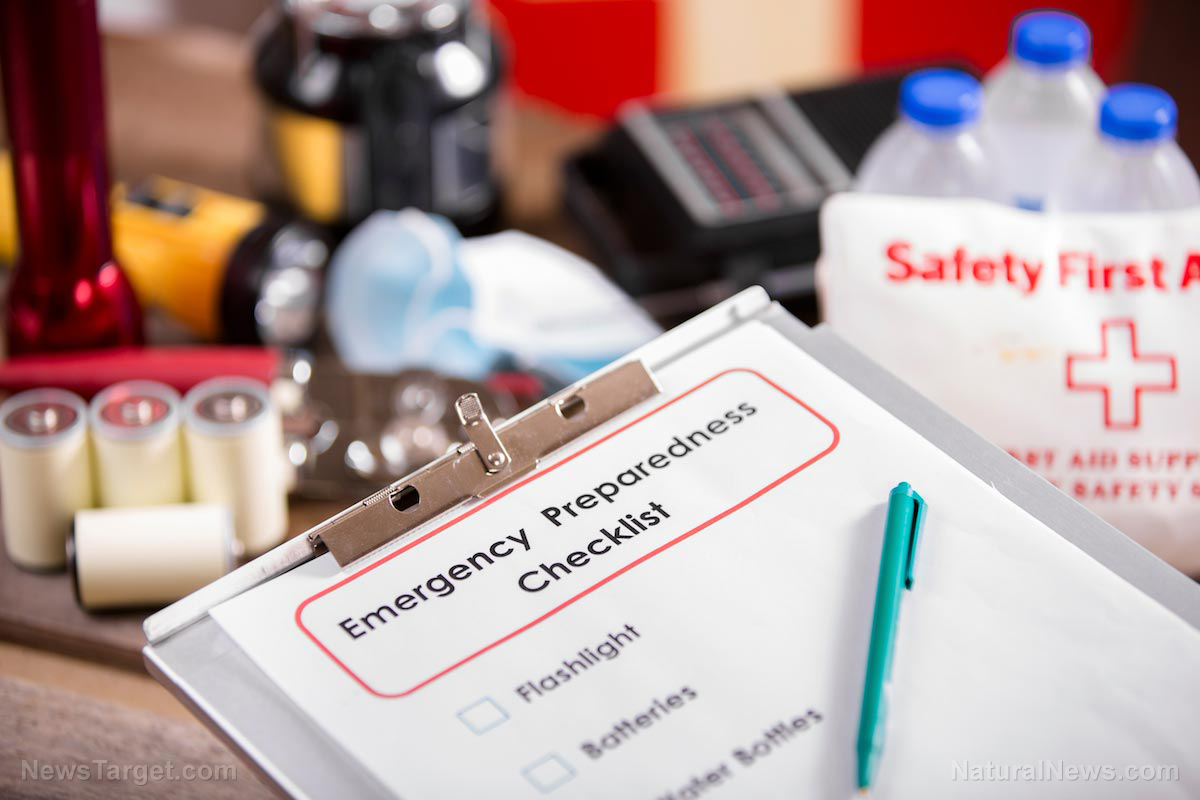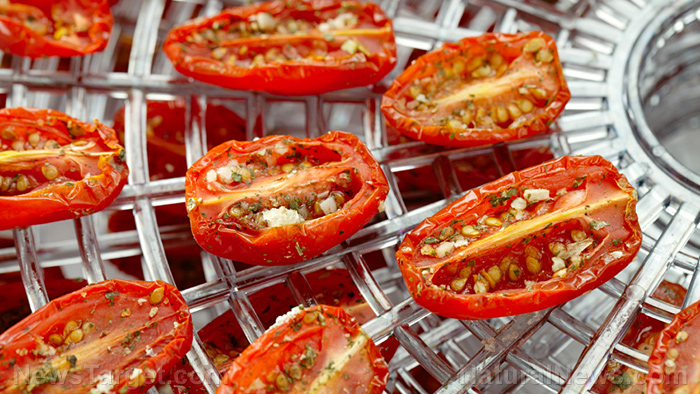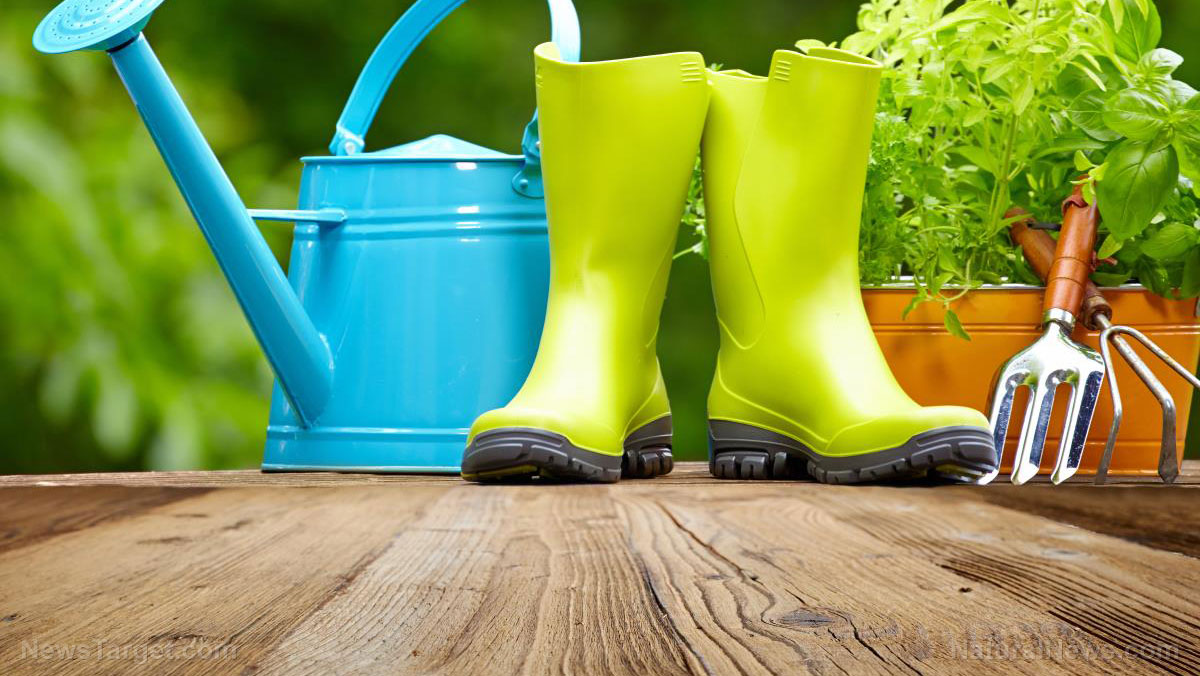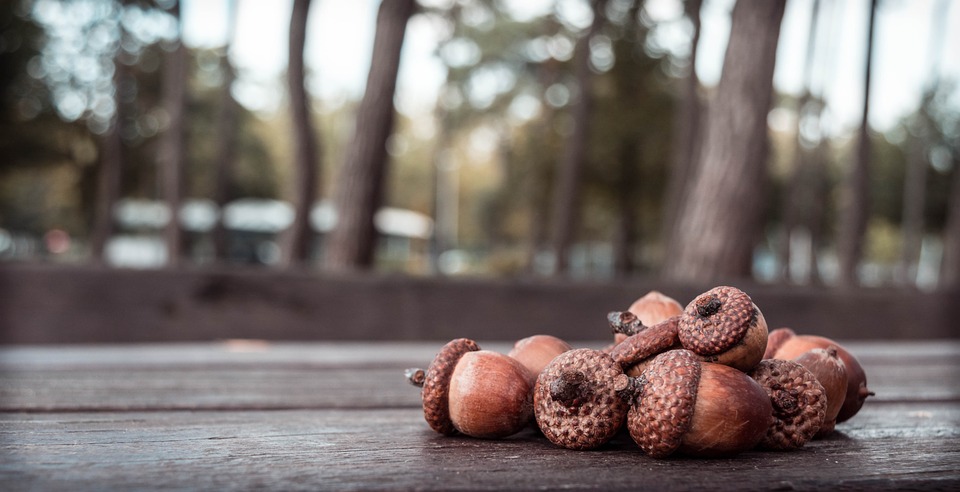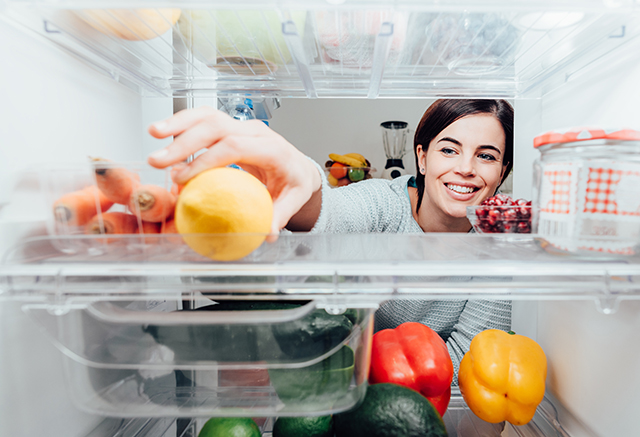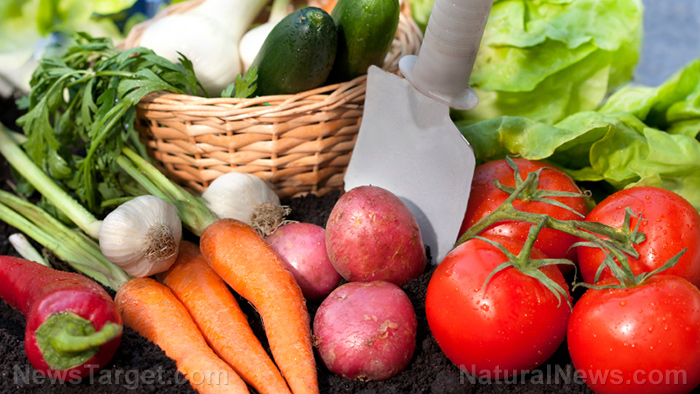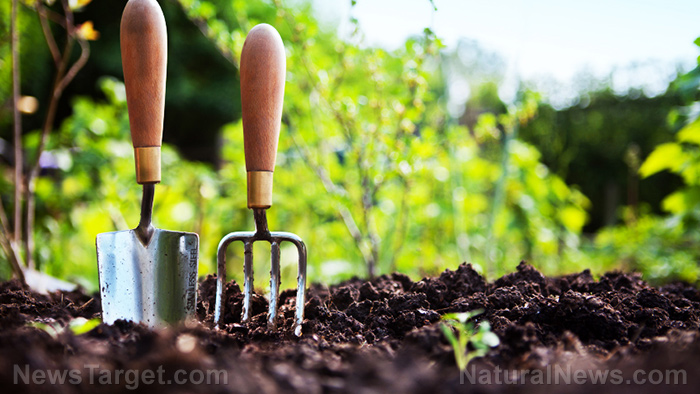Prepper project: How to turn a garden shed into a greenhouse
06/24/2022 / By Zoey Sky

A garden shed is perfect for storing your gardening tools and supplies, but as a prepper you can turn it into something even more useful like a greenhouse shed, especially if you want to grow various crops all year round.
When the weather is agreeable you can grow crops in your outdoor garden, and during winter you can grow plants in your greenhouse shed. This ensures that you’ll have ample food on your homestead all year.
Here are some tips on how to turn a simple garden shed into a greenhouse garden. (h/t to Survivopedia.com)
Place ridge vents and an exhaust system
Plants need a lot of air to grow well, so you need a steady flow of air inside the shed. Ensure proper airflow by adding some ventilation in the form of gable ridge vents.
First, mark the location of the vents on the wall using a pencil. Make sure there are no studs behind the position.
Carefully cut out the opening using a saw, then test fit the vents into the opening. Use 1×4 trim to create a frame around the vent and install it with galvanized nails. If you see any gaps, use caulk to seal them.
Next, find the best spot for installing the exhaust fan. It’s best to choose a spot at least five feet away from the ground. Mark the location on the wall with a pencil and avoid framing members behind this position.
Install the shutter vent into the opening using a J channel frame. Check that the vents can open and close smoothly without any obstructions.
Secure a thin frame made of 2x4s into the vent opening with pocket screws. This will leave some free space between the vents and the exhaust fan.
Attach the exhaust fan and press it against the shutters to see if the vents can still open freely. Secure the exhaust fan into place using two-inch screws.
Open the vents and turn on the exhaust fan to check that the air flows properly in the shed.
Build a large skylight
Plants need plenty of natural sunlight every day to help them grow. Installing a skylight is the quickest way to allow the maximum amount of natural light into your shed.
First, mark the position on the roof where you want to install the skylight. Find a location that will cover the minimum number of rafters.
Drill a hole at the center of your chosen location then cut out the opening using a jigsaw or circular saw. Use some header joists to reinforce the rafters you sawed off.
Cut out the shingles and roofing materials on all four sides around the opening to a distance of about three inches and install the skylight. Secure it to the roof with screws.
Attach strips of roofing paper around the border of the skylight. Next, install flashing around the skylight so it sits over the shingles.
Secure the flashing to the roof with nails and fasten an underlayment along the edges of the skylight to create a waterproof seal.
Replace shed doors and windows with plexiglass
Replacing shed doors and windows with plexiglass ensures that your plants can get enough sunlight during summer.
Alternatively, you can replace the doors and windows with acrylic sheets. Both acrylic and plexiglass materials are very sturdy and will allow most of the light to pass through.
To replace existing windows, use a screwdriver to unscrew the glazing beads and remove the window out of its frame. Apply glazing tape along the perimeter of the frame to create a tight seal, then install the glass panels into the frame by securing the beads back again.
Replace existing shed doors with a sliding glass door.
Remove the hinges of the existing door and take them out. Install the top track of the sliding door mechanism by ripping out a piece of the upper 2×4 and attaching the track to it using lag screws.
Fasten the bottom track to the shed floor using wood screws and carefully slide the doors into the tracks.
Set up electric grow lights and a heating system
With electric grow lights and a heating system, you can grow crops in the shed during winter. If you have grow lights, you can cultivate any plant indoors even though there isn’t enough sunlight in your area.
If you grow crops that need a lot of sunlight like lettuce, radishes, spinach and tomatoes, you need high-power LED grow lights to get maximum plant yield.
Heat up the shed with a solar heater or an electric radiator. The solar heater will collect sunlight during the day and heat your shed at night.
Meanwhile, an electric radiator can run all day at a low setting. Make sure the shed is properly insulated to prevent any leakage of heat.
Install floating shelves and wall hooks to maximize space
You might run out of gardening and storage space if your shed is small so you will need floating shelves and wall hooks to maximize space.
Install floating shelves on the walls of the shed so you have more room for gardening equipment like flower pots and seed trays.
Secure some aluminum hooks to the rafters and use them to hang frequently used gardening gear like gloves and shovels. Another option is to hang baskets with growing plants on the hooks. (Related: Home gardening tips: How to grow flowers and vegetables in bucket planters.)
Get a potting bench and stackable plastic storage tubs
Set up a portable potting bench so you have a dedicated space in your shed for working on your plants. You need a potting bench to pot plants and start seeds without having to bend over.
Potting benches are usually 36 inches high, the same as kitchen counters. You can get one that is taller or shorter, as long as you don’t have to stoop and strain your back while working with heavy pots and containers of soil.
If 36 inches is too short, get a bench with an adjustable height mechanism. To save some space, buy a foldable potting bench.
Organize your tools using stackable plastic storage tubs.
Add a green roof to your greenhouse shed
Make the most of your greenhouse shed by adding a green roof. With a green roof, you can use the shed’s roof to grow herbs and other shallow-rooted plants like kale and strawberries.
A green roof has several layers, including a waterproof roof barrier that protects the underlying roof from water. You also have a drainage layer, a water retention layer covered with the growing medium and a plant layer.
Before SHTF, turn your garden shed into a greenhouse shed so you can grow various crops indoors all year round.
Watch the video below to learn how to set up a basic indoor grow room.
This video is from the Backyard Farming channel on Brighteon.com.
More related stories:
Home gardening tips: 17 Veggies you can grow in buckets.
Home gardening: Growing ripe, juicy tomatoes.
Home gardening tips: A beginner’s guide to composting.
Sources include:
Submit a correction >>
Tagged Under:
garden shed, green living, greenhouse, home gardening, homesteading, how-to, indoor gardening, off grid, preparedness, prepper, prepping, small space gardening, tips
This article may contain statements that reflect the opinion of the author
RECENT NEWS & ARTICLES
Homesteading.News is a fact-based public education website published by Homesteading News Features, LLC.
All content copyright © 2018 by Homesteading News Features, LLC.
Contact Us with Tips or Corrections
All trademarks, registered trademarks and servicemarks mentioned on this site are the property of their respective owners.

